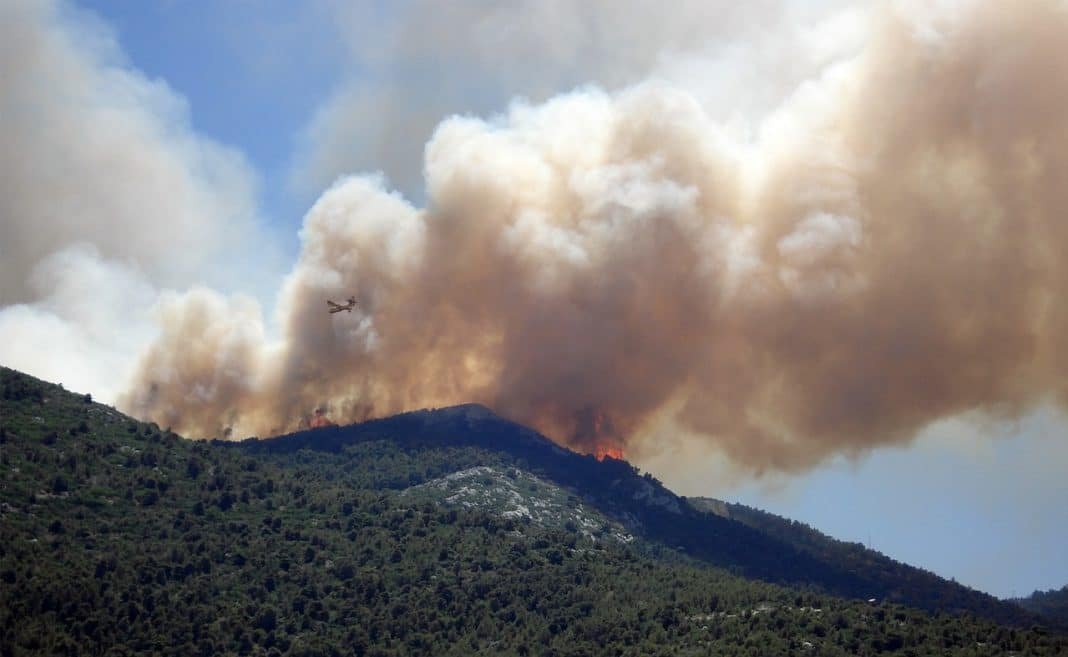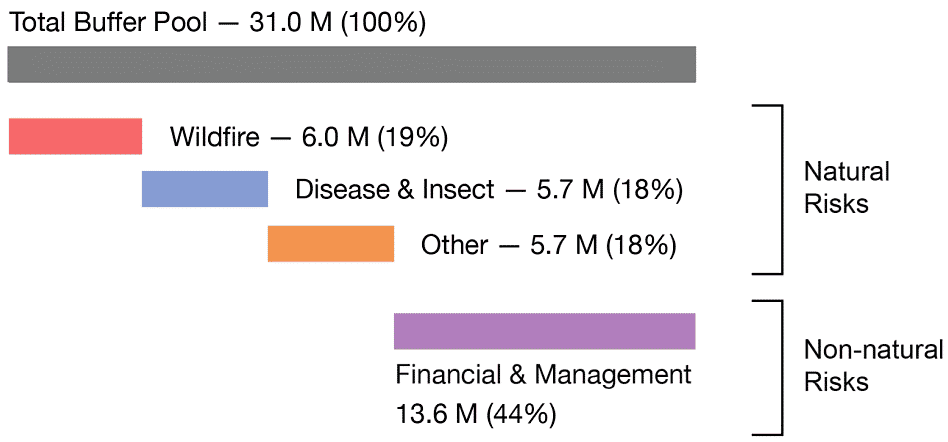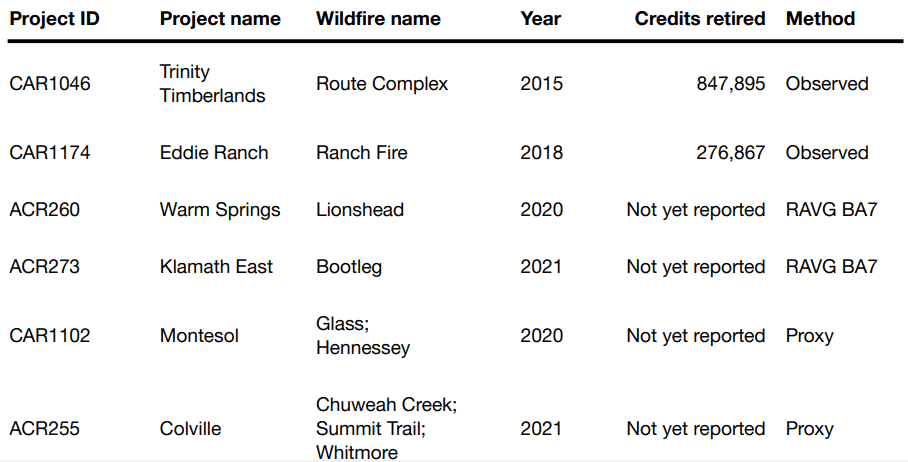A study showed that California’s forest carbon offsets buffer pool is undercapitalized and does not fully cover the risk of increasing fires.
Last year, Governor Newsom of California signed a $15 billion environmental package that funds programs to tackle droughts, clean energy, and climate change. $1.5 billion of that fund is for wildfire prevention.
This comes after California’s devastating wildfire season which seems to get worse with each passing year.
The state has a huge forest carbon offsets program that credits carbon stored in forests. These carbon credits are open for those who seek to offset their emissions.
The bulk of these credits is in California’s cap-and-trade credit scheme. It’s also known as the emissions trading system (ETS).
ETS is a regulated carbon credit market wherein government sets the full emissions limit and affects the credit prices. Emitters buy or sell (trade) credits based on their emissions and in relation to their limit (cap).
California is one of the world’s major ETS, along with EU ETS and China ETS. But the state is also home to the biggest and deadliest wildfires in the U.S.
And so, the state created its so-called buffer pool.
California’s Forest Carbon Buffer Pool
Though forests can store big amounts of CO2, their storage capacity is not durable. This is because they’re subject to risks that can re-emit the stored CO2 into the atmosphere.
The concept of the permanence of the forest carbon offsets program is very important.
CO2 emissions have significant impacts on the environment. They could last for hundreds to thousands of years but CO2 captured and stored in carbon pools like forests may be temporary.
To address this, California developed a self-insurance program called buffer pool. It’s created to offer a 100-year guarantee on forest carbon claims made by offset projects.
Offsets are reported to the California Air Resources Board (CARB) and other registries.
When projects are registered, the relevant registry performs an analysis of the reversal risks. Then the project has to set a certain percentage contribution into the buffer. The amount will balance the reversals of registered offsets that may happen.
California’s buffer pool consists of these four key components:
- Wildfire
- Disease and insects
- Drought
- Financial and management risks
Funding for California’s forest carbon buffer pool is from offset credits issued by the CARB.
Since the program started until January 5, 2022, there’s a total of 31.0 million credits given to the buffer pool. This represents 13.4% of the total 231.5 million issued credits.
The 31.0 million credits ensure a total of 200.5 million credits portfolio against the risks of reversal.
The number of credits contributed to the buffer pool depends on certain risk factors. But their composition is from those four main components.
For instance, projects must give around 2% to 4% of their credits to account for wildfire risks. While for projects that apply wildfire management practices, the credit share is lower.
Moreover, projects must also allot a fixed 3% of gross credits for disease- and insect-related risks. Plus, there’s another 3% for natural disasters like floods, wind, and ice.
Lastly, offset projects must also provide around 1% – 9% of gross credits for various financial and management risks. These include bankruptcy, land-use conversion, and excess timber harvesting.
The figure below illustrates California’s total buffer pool and each component’s credit shares.
Credits in the buffer pool are retired to cover carbon losses due to events like drought or wildfire.
So long as the buffer pool stays solvent, the permanence of carbon offsets remains intact.
But a study suggested that California’s buffer pool severely lacks capital.
It’s also unlikely to insure the integrity of the program’s forest offsets for a century.
The analysts used 6 projects affected by wildfires in California from 2015 to 2021. Two of them have already reported verified reversals that resulted in credit retirements. While four projects weren’t verified yet and so researchers use proxy fires instead.
They base the calculation of the expected carbon reversals of the projects on the offsets program’s accounting rules.
The table below shows the 6 carbon offsets projects studied.
Researchers found that wildfires in California had depleted almost 1/5 of its forest carbon buffer pool in less than a decade. This is equal to 95% of the total contribution set for fire risks for over 100 years.
In fact, the Lionshead Fire in 2020 affected only a single forest offset project. Yet, it accounted for about 10% of the total forest buffer pool for that year.
The wildfire burned all 24,000 acres of the Confederated Tribes of Warm Springs’ forest offset project. The offset reversal caused by the fire was equal to 2.6 million credits withdrawn from the forest buffer.
This and other big carbon losses by record-breaking 2020 and 2021 wildfires showed the vital role of California’s buffer pool.
Forecasts also show that wildfires will continue to grow in intensity and size. And that’s due to the growing climate risks and increasing temperature levels.
But the buffer pool didn’t account for the increase in fire risks.
Failure to factor in such a growing risk of wildfires means that the forest fire-prone state will likely face high offset reversals.
The researchers noted that,
“California’s forest buffer pool is likely to experience mounting losses that far exceed its design criteria in the decades to come.”
They also showed that potential carbon losses from a single forest disease or a sudden oak death can take up all credits set for these risks.
Hence, California’s forest buffer pool is very short of capital as per their analysis. As such, they conclude that the program will be unlikely to guarantee the integrity of California’s forest offsets program for 100 years.
With this, many are wondering if it will lead to changes to the way the CARB and offset registries manage their buffer pool for forest carbon credits.
Whether they will or not, the fire season is coming and the risk is rising.



